
Maori folklore and monsters
The 2019 Rugby World Cup in Japan has concluded with South Africa winning the championship.
The South African team's nickname is the "Springboks", an animal of the Bovidae genus. Springboks live in the savannah, live in herds, are highly athletic, and are the national animal of South Africa.
The final was between South Africa and England, and four teams from the UK, which is in the midst of turmoil over its withdrawal from the EU, participated: England, Scotland, Wales, and Ireland.
This is because, out of traditional consideration for Britain, the birthplace of rugby, the international sporting organisation allows membership for each of the four regions, rather than just Britain alone.

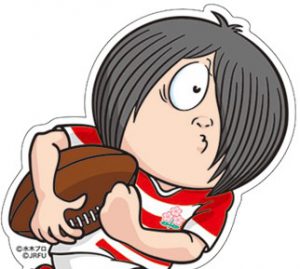
"Haka" and the Maori
Also, New Zealand, who lost in the semi-finals and came in third, are known as the "All Blacks." Before the match, they performed a traditional Maori dance called "foolHe is also famous for dancing the "
The folk dance "Haka"Maori WarriorIt is said that the Haka is performed before battles and also as a welcome greeting.
MaoriThey are said to be of Polynesian descent and are the indigenous people who inhabited New Zealand before the British settlement.
Maori Gods
Maori mythology is told in important ceremonies and includes the sky godRangi Nuiand the Goddess of the Earth.Papa Tsu A NukIt enshrines the gods Io and others, and is said to place the creator at the top of the hierarchy of gods.
The children born to Rangi Nui and Papa Tu-a-Nuku weresix pillar godsThis is what helps Māori create all things. But because Rangi Nui lies on top of Papatu-a-Nuku (they are the sky and the earth), for a long time no light could penetrate between the sky and the earth.
So the six gods plotted to separate heaven and earth, andTane Mahutasucceeds in separating heaven and earth.
The daughter and wife of Tane Mahuta is the goddess of night and death.Hine Nui Te Pois.
She was born to Tane Mahuta, the god of the forest, and the goddess Hine-Hau-One. Her name originally meant "Lady of the Dawn."Hine TitamaShe was named Hine-Titama and eventually married him, not knowing that he was her father. One day she realized that her husband was her father and was so ashamed that she fled into the darkness of the underground world of Po. Tane tried to chase after Hine-Titama, but she cried out that she had severed her earthly ties and that Tane must return to the surface and take care of his descendants in the world of light, while she dragged them into the world of darkness.
This is said to be the origin of death. And the dawn woman, Hine-Titama,Goddess of Darkness Hine-nui-te-poIt has become.
Maori mythology is interesting because it has many characters, no shortage of episodes, and gods as well.
Maori monsters
Also, there is little documentation and I have not been able to fully research it, but it seems that the Maori people have many legends of monsters.
Moko Titi(Mokotiti, Moko Nui)
A type of spirit of illness called "Atua" in the Maori legend of New Zealand. Appears as a lizard. Causes pulmonary tuberculosis and respiratory diseases.
Pouakai
A monster bird from the legends of the Maori people of New Zealand. A giant bird that flies through the sky and grabs human prey with its claws.
Patupaiarehe
A night spirit in the legends of the Maori people of New Zealand. It lives in the darkness deep in the forest.
Paratha
A sea monster from the legends of the Maori people of New Zealand. It has a large mouth like a cave. The tides of the ocean occur because Parata swallows and spits out seawater.
Horomantangi
A monster among the Maori people of New Zealand. It is also called "Ihu-maataotao". It is a type of taniwha and looks like a giant lizard. Unlike other taniwha, it does not attack people. It was Horomatangi who created the Karapiti crater, and although he has now turned into a black rock mountain (Guardian Rock), it is said that if you pass by it in a motorboat or canoe, it will capsize.
As mentioned above, although there are many Maori mythological traditions that remain, there are not many documents available in Japanese, so I would like to continue researching and introduce them to you if the opportunity arises.

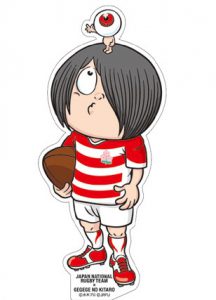
Image by Yokai Honpo
Text by Keijiro Watanabe
■ Keichan Watanabe
Born in Asahikawa, Hokkaido. Graduated from the School of Human Sciences at Waseda University. An independent researcher of monsters.
He currently splits his time between Sapporo, Hokkaido, and Tokyo, and works as a management and IT consultant, but he studied folklore and cultural anthropology at university, and continues to research yokai as his life's work.
I am currently writing articles about monsters associated with Hokkaido, where I currently live, as well as current news about business and economics.
Twitter:https://twitter.com/keishiro_w


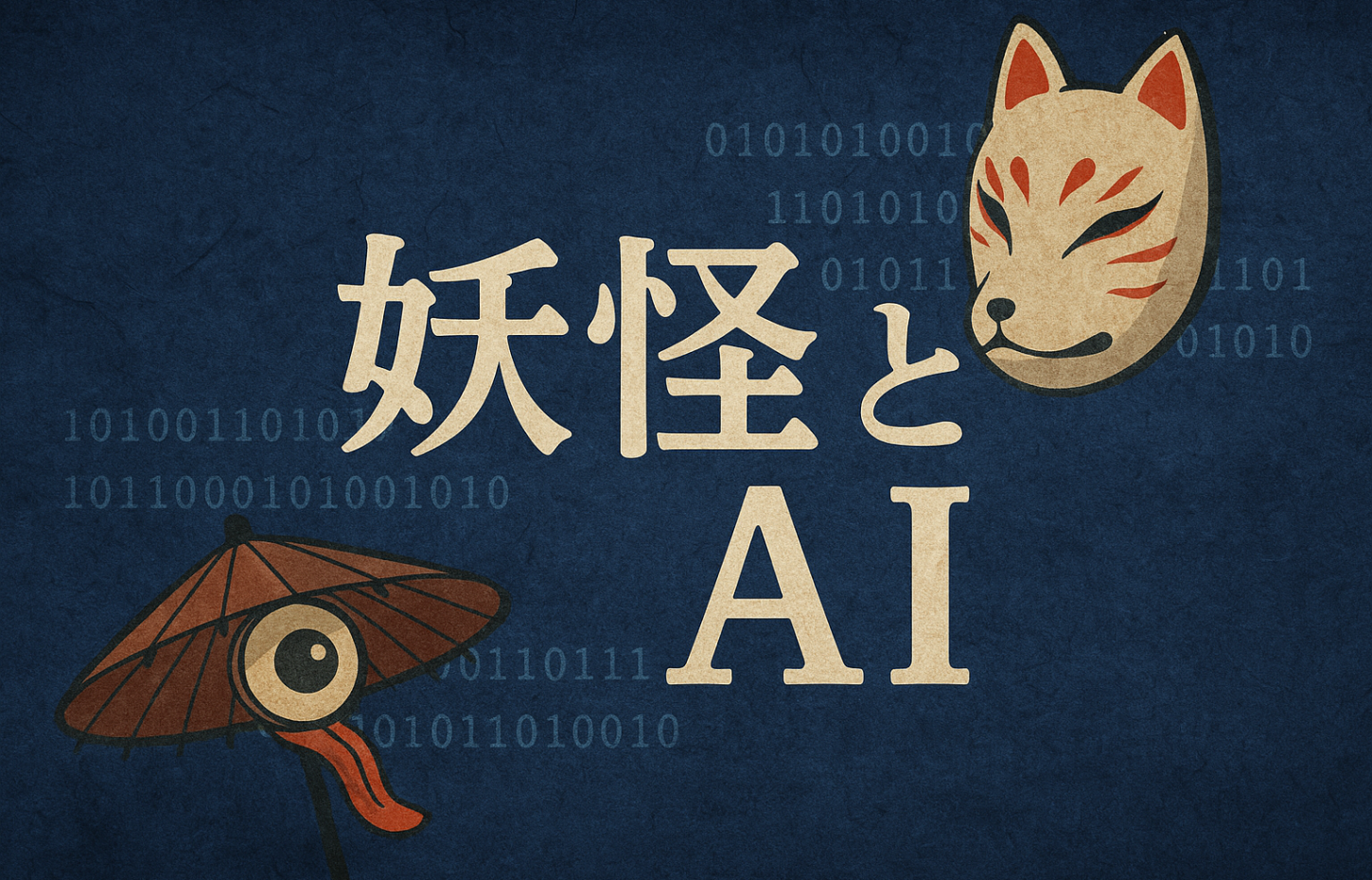
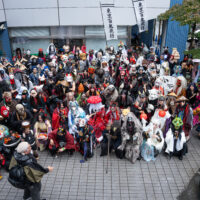
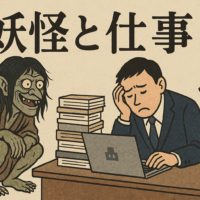
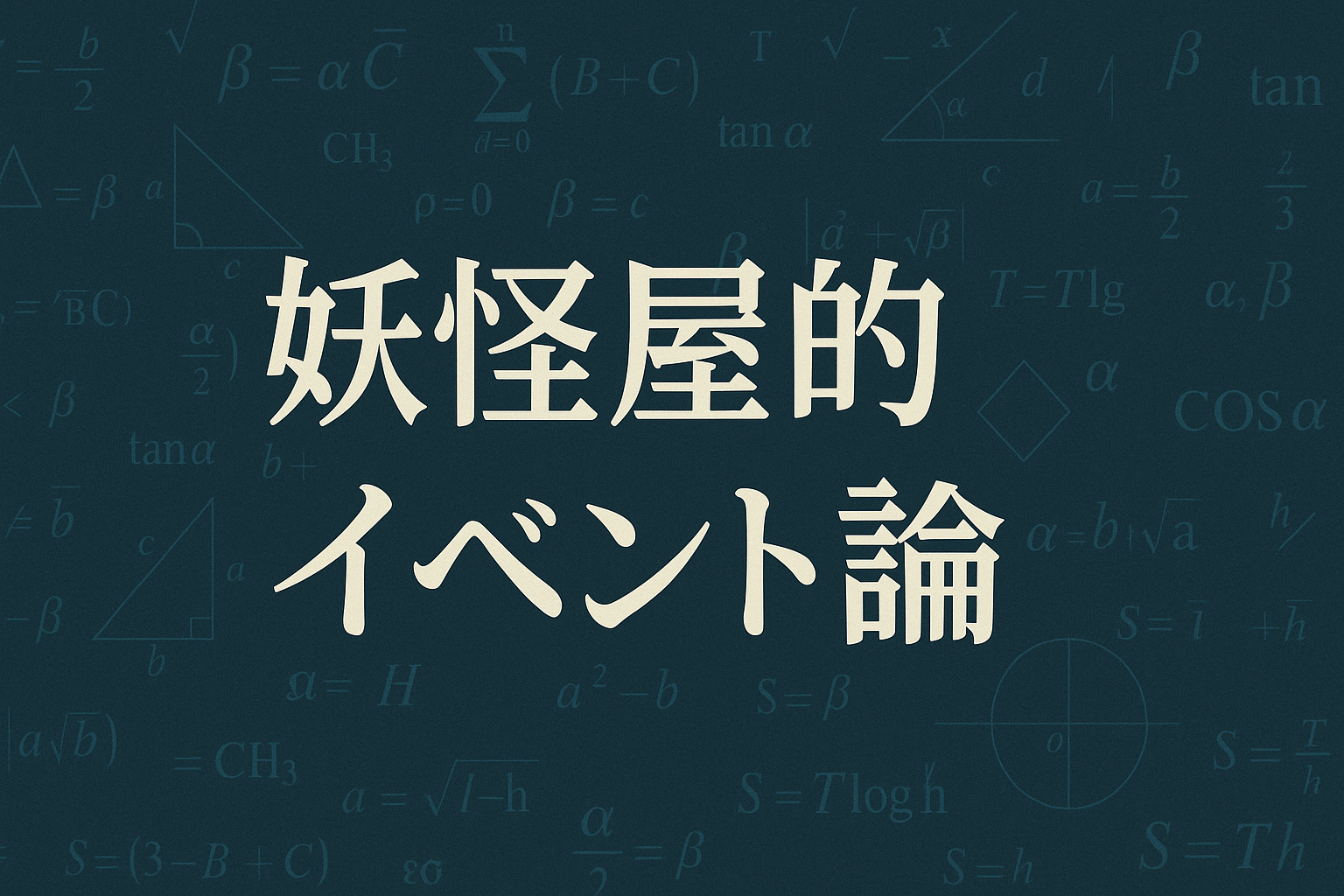



No comments yet.